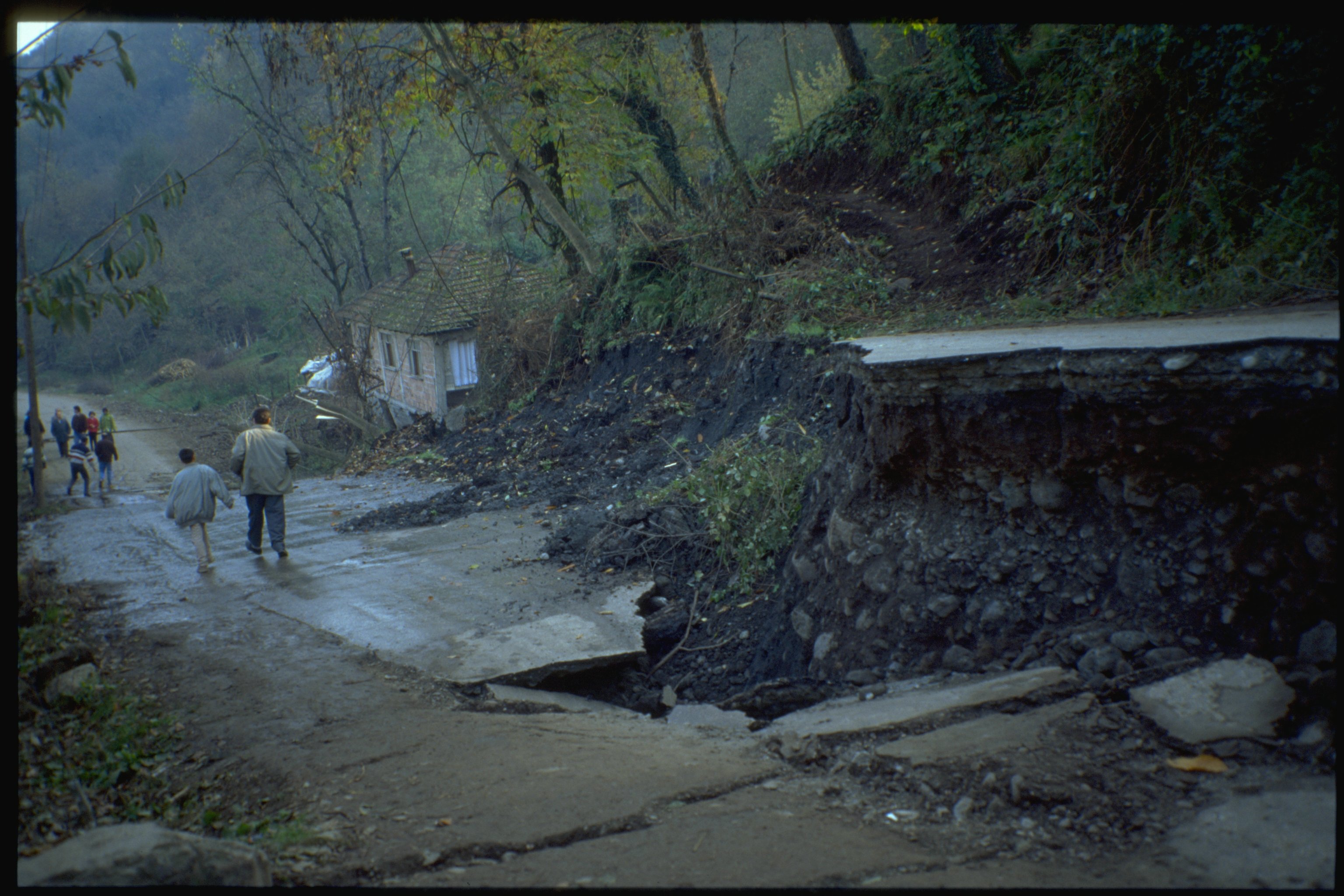All Categories
Featured
Table of Contents
- – Geoscientists : Occupational Outlook Handbook...
- – What Does A Geophysicist Do? in Koondoola We...
- – Surface Geophysical Methods in Cardup WA 2021
- – Careers With Geophysics - Ocean And Earth S...
- – Geophysics in Madeley Oz 2020
- – Geophysics Definition & Meaning in Jandako...
- – Geophysical Prospecting in Yokine Austral...
Geoscientists : Occupational Outlook Handbook in Manning Aus 2022
doi:10. 1556/AGeod. 45.2010. 2.9. S2CID 122239663. Temple 2006, pp. 162166 Russo, Lucio (2004 ). Berlin: Springer. p. 273277. Temple 2006, pp. 177181 Newton 1999 Area 3 American Geophysical Union (2011 ). "Our Science". About AGU. Obtained 30 September 2011. "About IUGG". 2011. Obtained 30 September 2011. "AGUs Cryosphere Focus Group". 2011. Archived from the initial on 16 November 2011.
Bozorgnia, Yousef; Bertero, Vitelmo V. (2004 ). Earthquake Engineering: From Engineering Seismology to Performance-Based Engineering. CRC Press. ISBN 978-0-8493-1439-1. Chemin, Jean-Yves; Desjardins, Benoit; Gallagher, Isabelle; Grenier, Emmanuel (2006 ). Mathematical geophysics: an introduction to turning fluids and the Navier-Stokes formulas. Oxford lecture series in mathematics and its applications. Oxford University Press. ISBN 0-19-857133-X.
( 2001 ). Dynamic Earth: Plates, Plumes and Mantle Convection. Cambridge University Press. ISBN 0-521-59067-1. Dewey, James; Byerly, Perry (1969 ). "The Early History of Seismometry (to 1900)". Bulletin of the Seismological Society of America. 59 (1 ): 183227. Archived from the initial on 23 November 2011. Defense Mapping Agency (1984 ). (Technical report).
What Does A Geophysicist Do? in Koondoola Western Australia 2023
Recovered 30 September 2011. Eratosthenes (2010 ). For Area Research Study.
Retrieved 30 September 2011. Recovered 30 September 2011.:10.
Surface Geophysical Methods in Cardup WA 2021
The Earth's Electrical Environment. National Academy Press. pp. 232258. ISBN 0-309-03680-1. Lowrie, William (2004 ). Principles of Geophysics. Cambridge University Press. ISBN 0-521-46164-2. Merrill, Ronald T.; Mc, Elhinny, Michael W.; Mc, Fadden, Phillip L. (1998 ). The Magnetic Field of the Earth: Paleomagnetism, the Core, and the Deep Mantle. International Geophysics Series.
They likewise research study modifications in its resources to offer assistance in conference human needs, such as for water, and to forecast geological threats and threats. Geoscientists use a range of tools in their work. In the field, they might use a hammer and chisel to collect rock samples or ground-penetrating radar equipment to look for minerals.
They also might use remote sensing devices to gather data, as well as geographical details systems (GIS) and modeling software to evaluate the information gathered. Geoscientists might monitor the work of technicians and coordinate deal with other scientists, both in the field and in the lab. As geological challenges increase, geoscientists might opt to work as generalists.
Careers With Geophysics - Ocean And Earth Science ... in Westminster Oz 2022
The following are examples of kinds of geoscientists: geologists study how consequences of human activity, such as contamination and waste management, impact the quality of the Earth's air, soil, and water. They also might work to fix problems connected with natural hazards, such as flooding and erosion. study the materials, procedures, and history of the Earth.
There are subgroups of geologists also, such as stratigraphers, who study stratified rock, and mineralogists, who study the structure and structure of minerals. study the movement and blood circulation of ocean waters; the physical and chemical homes of the oceans; and the ways these residential or commercial properties affect seaside locations, environment, and weather.
They likewise research study changes in its resources to supply guidance in conference human demands, such as for water, and to forecast geological risks and dangers. Geoscientists utilize a range of tools in their work. In the field, they may use a hammer and sculpt to gather rock samples or ground-penetrating radar equipment to look for minerals.
Geophysics in Madeley Oz 2020


They likewise might utilize remote sensing equipment to collect information, along with geographical information systems (GIS) and modeling software to analyze the data gathered. Geoscientists may supervise the work of technicians and coordinate work with other researchers, both in the field and in the laboratory. As geological difficulties increase, geoscientists might choose to work as generalists.
The following are examples of types of geoscientists: geologists study how repercussions of human activity, such as pollution and waste management, impact the quality of the Earth's air, soil, and water. They likewise might work to solve issues connected with natural dangers, such as flooding and disintegration. study the materials, procedures, and history of the Earth.
There are subgroups of geologists too, such as stratigraphers, who study stratified rock, and mineralogists, who study the structure and composition of minerals. study the motion and blood circulation of ocean waters; the physical and chemical residential or commercial properties of the oceans; and the ways these properties impact seaside areas, environment, and weather.
Geophysics Definition & Meaning in Jandakot Aus 2021
They likewise research study changes in its resources to supply guidance in meeting human demands, such as for water, and to forecast geological threats and risks. Geoscientists use a range of tools in their work. In the field, they might use a hammer and sculpt to gather rock samples or ground-penetrating radar equipment to look for minerals.
They likewise might utilize remote sensing equipment to collect information, along with geographical info systems (GIS) and modeling software to examine the data gathered. Geoscientists may supervise the work of professionals and coordinate deal with other scientists, both in the field and in the lab. As geological obstacles increase, geoscientists may choose to work as generalists.
The following are examples of kinds of geoscientists: geologists study how repercussions of human activity, such as contamination and waste management, affect the quality of the Earth's air, soil, and water. They likewise may work to fix issues associated with natural dangers, such as flooding and disintegration. study the products, processes, and history of the Earth.
Geophysical Prospecting in Yokine Australia 2020
There are subgroups of geologists also, such as stratigraphers, who study stratified rock, and mineralogists, who study the structure and structure of minerals. study the motion and circulation of ocean waters; the physical and chemical residential or commercial properties of the oceans; and the ways these residential or commercial properties impact coastal locations, climate, and weather condition.
Table of Contents
- – Geoscientists : Occupational Outlook Handbook...
- – What Does A Geophysicist Do? in Koondoola We...
- – Surface Geophysical Methods in Cardup WA 2021
- – Careers With Geophysics - Ocean And Earth S...
- – Geophysics in Madeley Oz 2020
- – Geophysics Definition & Meaning in Jandako...
- – Geophysical Prospecting in Yokine Austral...
Latest Posts
How To Become A Geophysicist in Dalkeith WA 2022
What Is The Best Degree Path For Becoming A Geophysicist? in Floreat WA 2023
Marine Geology And Geophysics in Rivervale Western Australia 2022
More
Latest Posts
How To Become A Geophysicist in Dalkeith WA 2022
What Is The Best Degree Path For Becoming A Geophysicist? in Floreat WA 2023
Marine Geology And Geophysics in Rivervale Western Australia 2022